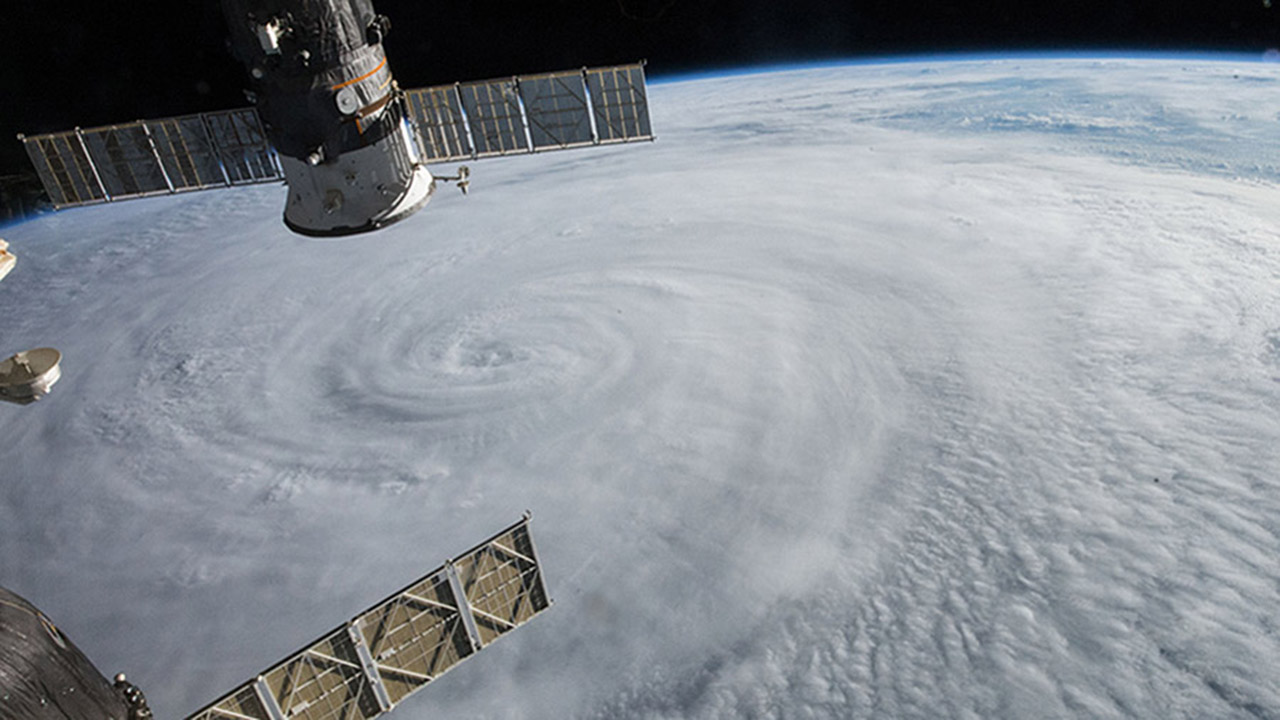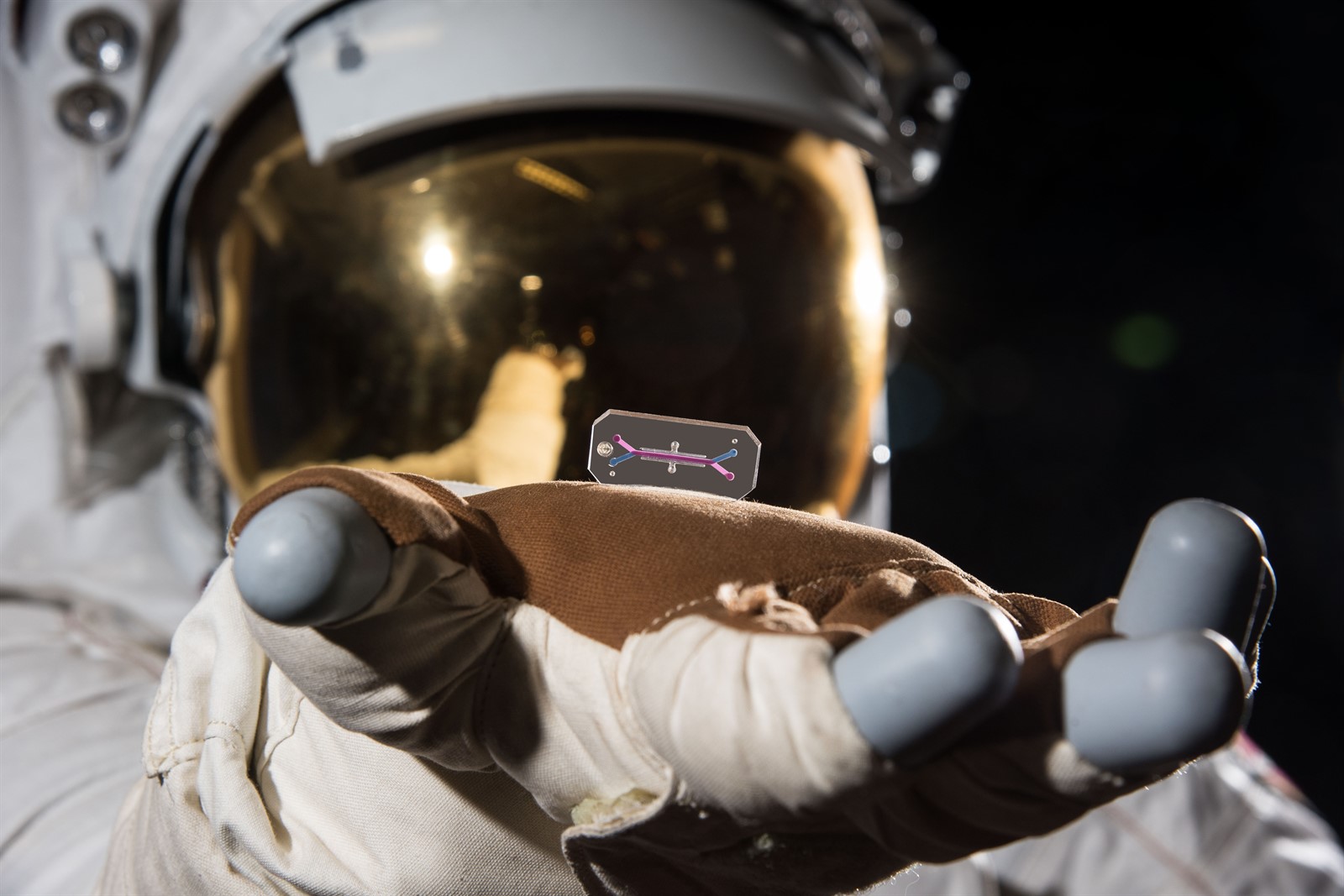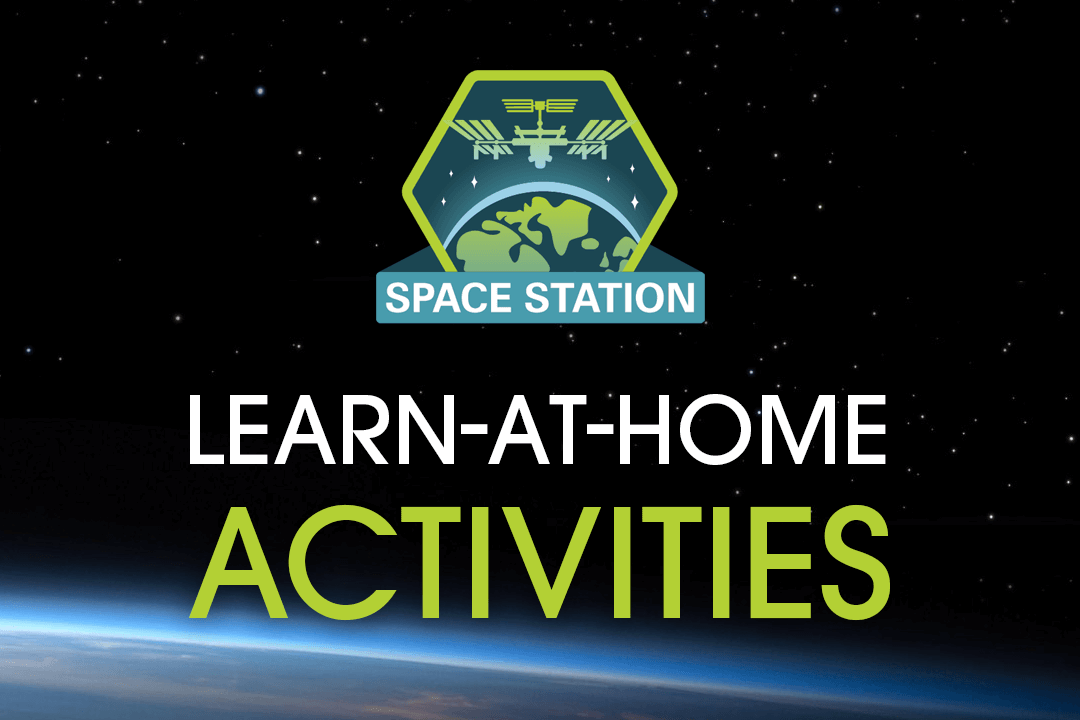The field of remote sensing is vast and crosses into many areas of science and technology. The International Space Station (ISS) is a valuable platform for remote sensing compared with ordinary satellites due to the ability to collect data for locations at different times of the day and year and at variable lighting conditions. The orbital path of the ISS passes over more than 90% of Earth’s population, which enables better detection of growing social needs and opens the door for discovering new ways we can improve sustainability.
CASIS and Teledyne Brown Engineering have announced a sponsored program for researchers to propose experiments for the ISS National Lab in the areas of remote sensing and Earth observation. The experiments will use the Multi-User System for Earth Sensing (MUSES) platform, a commercial Earth observation platform developed and managed by Teledyne Brown Engineering. MUSES can host many types of instruments, such as high-resolution digital cameras and hyperspectral imagers.
Some of the most prominent applications for remote sensing from the ISS are highlighted below:
Spectral Imaging
Being in space allows certain types of imaging systems to take spectral images across the electromagnetic spectrum. This technology can capture an array of phenomena in the Earth’s atmosphere and along the coastlines, while also cataloguing magnetic, geospatial, and thermal images in relation to oil, gas, and mineral exploration.
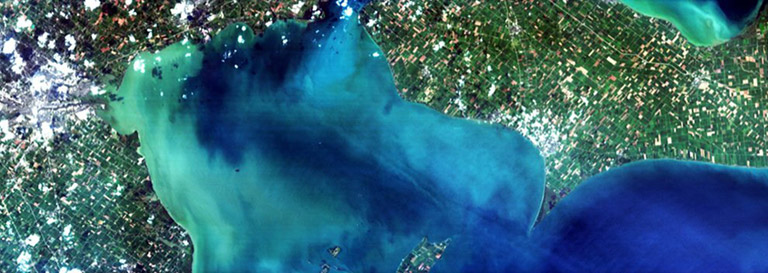
A Hyperspectral Imager for the Coastal Ocean (HICO) image of western Lake Erie, Aug. 15, 2014, taken from the orbital perspective of the International Space Station.
Media Credit: Image courtesy of HICO Team/Naval Research Laboratory
Monitoring of Land and Sea
Observing large areas of land from space helps researchers gain information about the agricultural industry, ecosystem productivity, and urban growth and development. And while Earth-based systems can only monitor maritime traffic in coastal waters, imaging systems on the ISS can track ships in the most remote parts of the oceans.
Fundamental Sciences
Studying biology, geology, biogeography, and hydrology from space enables researchers to study phenomena such as the distribution of endangered species and the movement and properties of glaciers and bodies of water.
Disaster Response
Flying over different parts of the world each day gives scientists new daily data about global hazards and current natural disasters such as hurricanes and wildfires. This enables responders to quickly and efficiently determine how to help those affected.
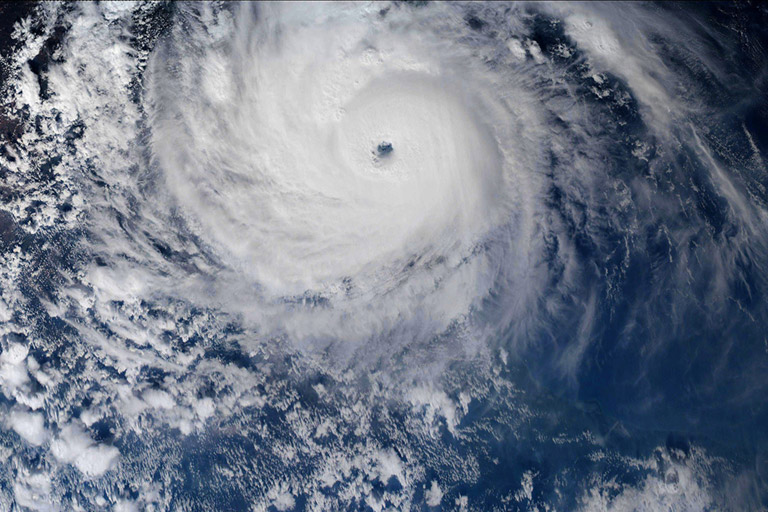
Media Credit: Image courtesy of Visidyne
Technology Validation
The ISS also acts as a testbed for technology development, from atmospheric monitoring to satellite technologies. This platform allows scientists to validate products intended to benefit society.
See the related links below to learn more about how the ISS is being used to conduct valuable remote sensing research to benefit life on Earth. Go here for more information about the CASIS-Teledyne Brown Engineering remote sensing and Earth observation sponsored program.


